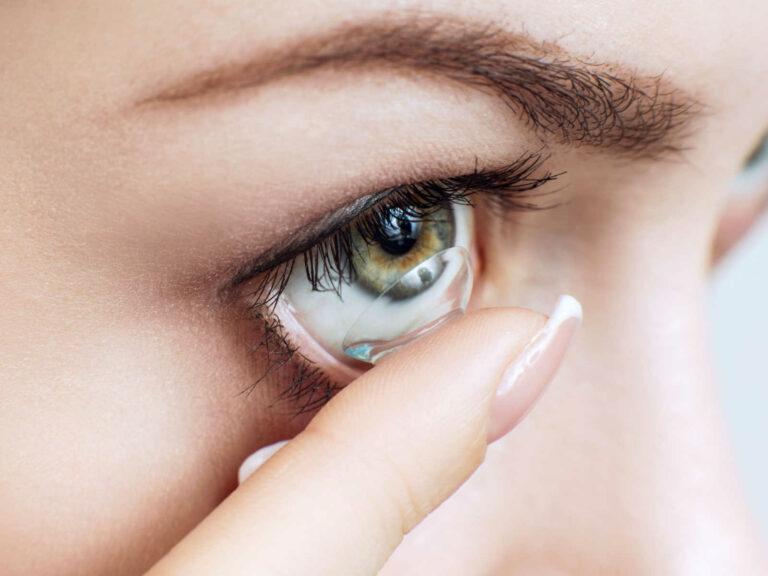The Special Fitting Process for Multifocal Contact Lenses
Today’s multifocal contact lenses are far more comfortable than they used to be. This is good news for our patients who struggle with irritation and dryness when wearing contacts. Additionally, multifocal contact lenses work great to help improve distance vision while helping to reduce the stress the eyes have during near tasks.
Because of the additional prescription in the lenses, multifocals require a little more fitting time and expertise to get you the clearest and most comfortable vision.
So how do we do it?
First, we need a full assessment of your eye health, vision, and lifestyle. With a good understanding of not only your prescription, but also how you use your eyes, our doctors can determine a set of lenses to help maximize your vision.
We are usually capable of choosing lenses for you during the same appointment as your eye exam. Once you leave wearing your contact lenses, you will experience the world in a new way.
Frequently it takes a patient about 3–5 days to get the maximum effect out of their new contact lenses because the brain needs to adapt to the new way of seeing.
Often, patients are able to adapt to the new way of seeing and achieve the vision that they desire. Other times a patient may find that a segment of their vision is not as ideal as they would like. In that case, an additional appointment with their eye doctor may be needed to fine-tune their vision and maximize the outcome from the multifocal contact lenses.



